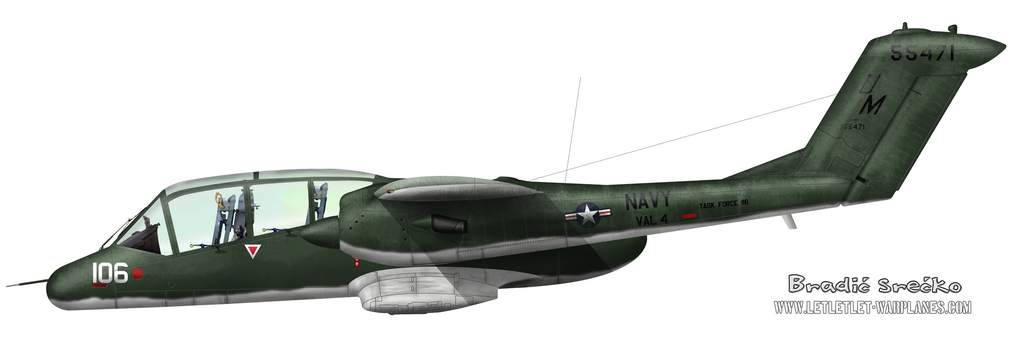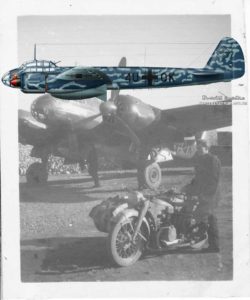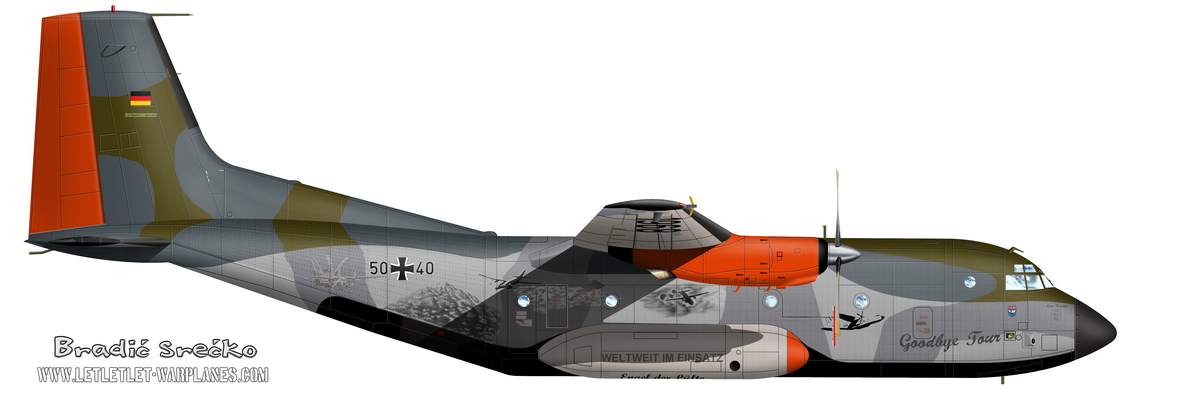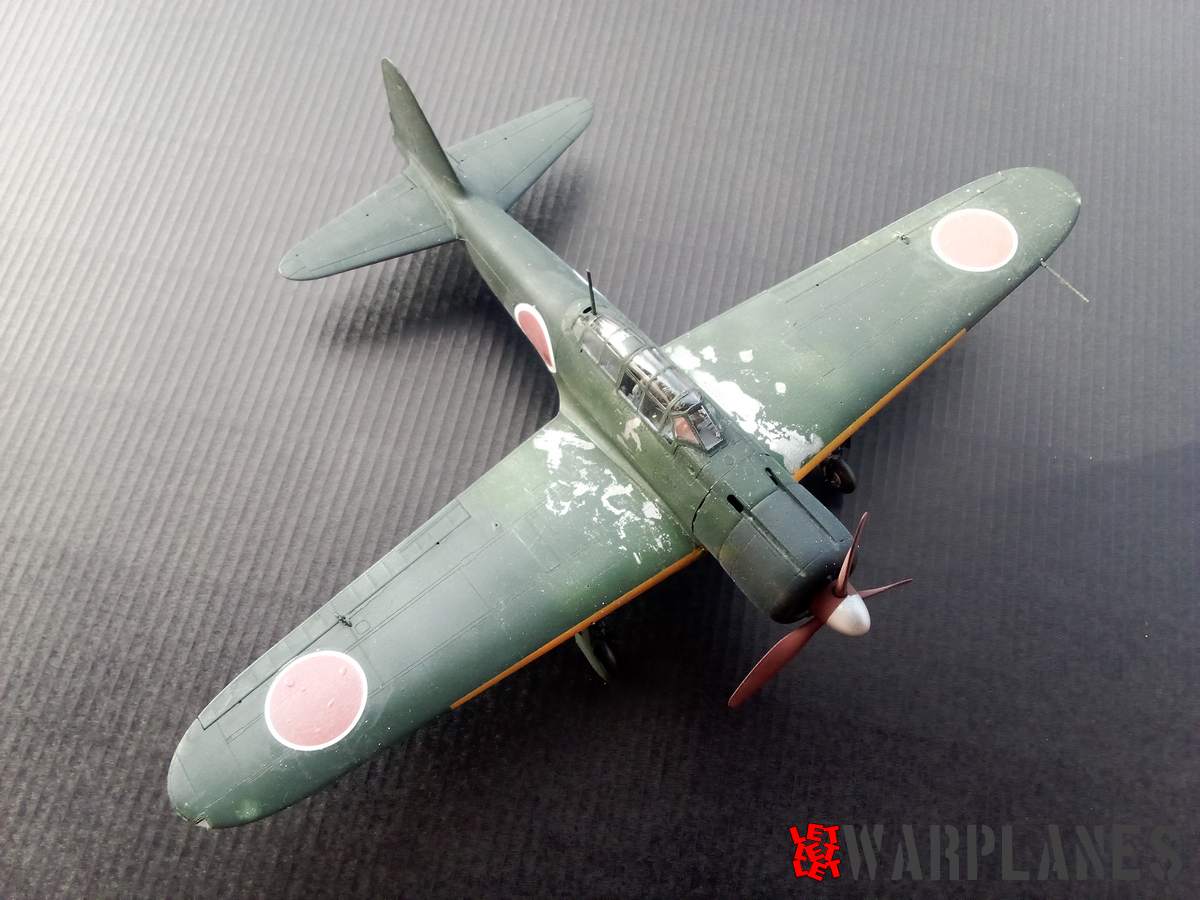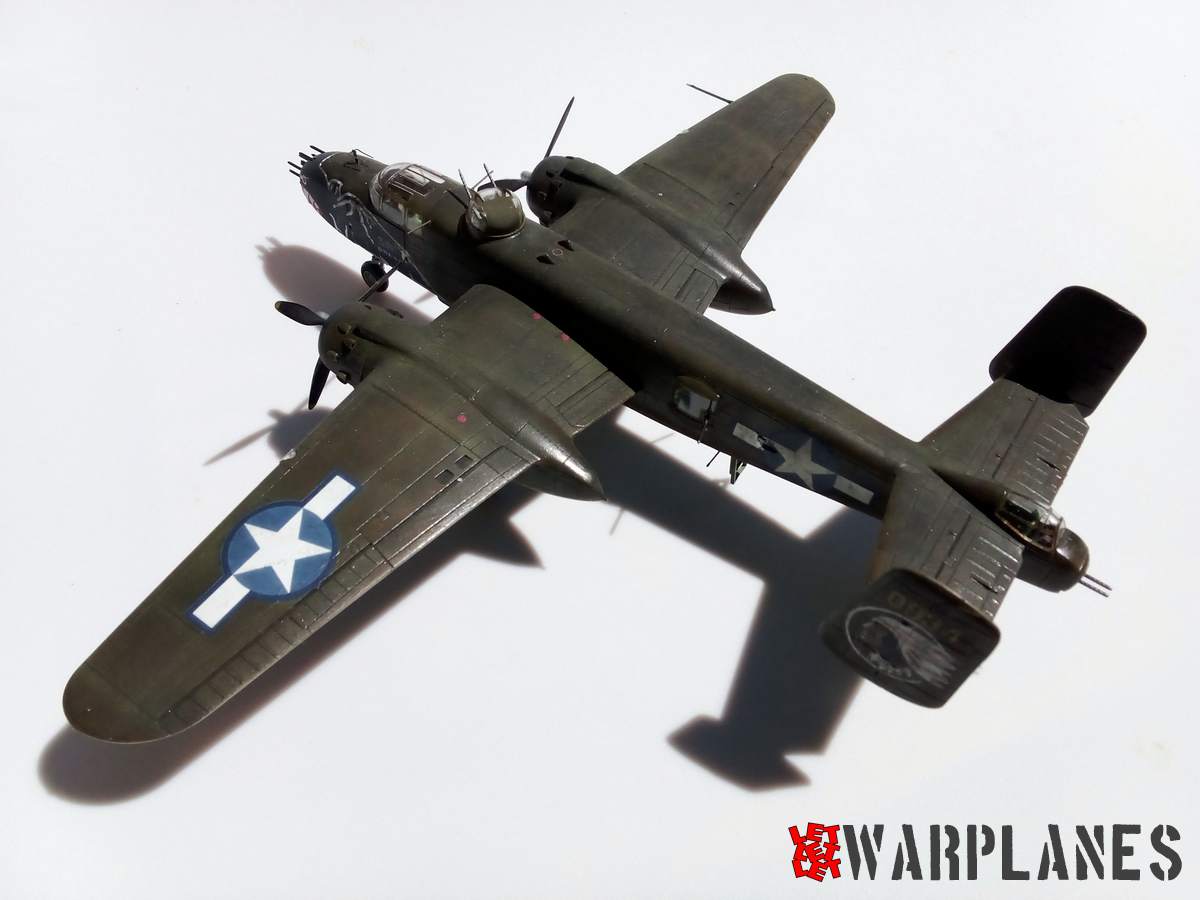Sea Fury in color
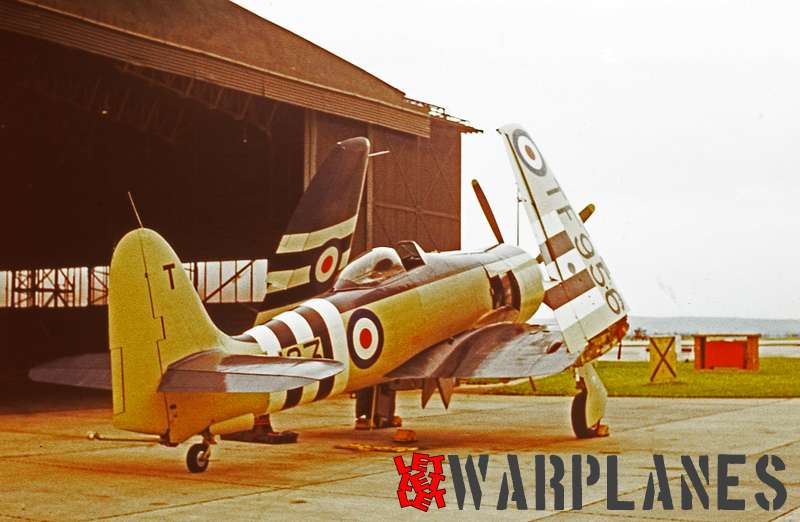
The Hawker Sea Fury is a British fighter aircraft designed and manufactured by Hawker. Sea Fury’s development was formally initiated in 1943 in response to a wartime requirement of the RAF, thus the aircraft was initially named Fury. As the Second World War drew to a close, the RAF canceled their order for the aircraft; however, the Royal Navy saw the type as a suitable carrier aircraft to replace a range of increasingly obsolete or poorly suited aircraft being operated by the Fleet Air Arm. Development of the Sea Fury proceeded, and the type began entering operational service in 1947. The Sea Fury has many design similarities to Hawker’s preceding Tempest fighter, having originated from a requirement for a “Light Tempest Fighter”; both the Sea Fury’s wings and fuselage originate from the Tempest but were significantly modified. It was the last propeller-driven fighter to serve with the Royal Navy, and one of the fastest production single piston-engined aircraft ever built. Production Sea Furies were fitted with the powerful Bristol Centaurus engine, and armed with four wing-mounted Hispano V cannons. While originally developed as a pure aerial fighter aircraft, the definitive Sea Fury FB 11 was a fighter-bomber, the design having been found suitable for this mission as well. The Sea Fury proved to be a popular aircraft with a number of overseas militaries, and was used during the Korean War in the early 1950s, as well as against the 1961 Bay of Pigs Invasion of Cuba.
During its operational service, Sea Fury used few camouflage patterns. Prototype, SR661, had topside in Extra Dark Sea Grey and Dark Slate Grey while the bottom was in Yellow. National markings were Type C roundel on wings and Type C1 on fuselage, on vertical tail was Type C fin flash. Identical national insignia were used in first camouflage pattern, which consist on sole Extra Dark Sea Grey at top, with low demarcation line and Sky at bottom. Camouflage was later changed and demarcation lines between camouflage colors was in high position and national insignia was changed to Type D roundel in six positions and no fin flash. In similar fashion was marked two seat Sea Fury which was also in natural metal color, with yellow band on rear fuselage. During the Korea conflicts, Sea Fury had black and white stripes on wings and fuselage. Some of export Sea Fury were in natural metal, like Burmese and Egypt machines. Canadian Sea Fury have initially first camouflage pattern used by British machines and later was changed to high demarcation line camouflage where colors was also changed so at the top was Dark Grey and Light grey was at bottom and on fuselage sides. Desert camouflage pattern was used on machines in operational service of Iraq and Pakistan.
Srecko Bradic
All graphic by Team of LetLetLet Warplanes






















